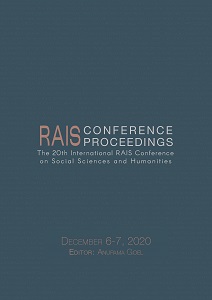Communication – a Form of Terrorist Manifestation in Cyberspace
Communication – a Form of Terrorist Manifestation in Cyberspace
Author(s): Georgeta Stoica-Marcu
Subject(s): ICT Information and Communications Technologies
Published by: Scientia Moralitas Research Institute
Keywords: communication; Cyber terrorism; communication networks
Summary/Abstract: The internet and similar network systems are ideal for the terrorist operations they offer unprecedented communication capabilities to terrorist organizations to get their message to the world. Cyber terrorism sets out to communicate in a virtual space with threats and violent cybernetic actions. Hacker communities use this mean of communication with threats to institute cybernetic blockades, to attack various information environments of strategic importance and DoS attacks. Usually, we don’t have to confound the internet (as a network) with cyberspace, which holds identities and objects that exist in networks by real individuals for different purposes. The use of communication networks by individuals offers cyberspace an emotional valence, which humanizes it. Terrorist organizations utilize the internet as a mean to communicate, mainly and have created sites on the world-wide-web to spread their ideological propaganda. The internet network, dominated by the principle of anonymity in communication is exploited to the max by the extremist terrorist organizations, which leads to feelings of anxiety, uncertainty and panic. The instruments of communication used by the terrorist organizations have evolved rapidly from the publications Voice of Jihad, Voice of Caliphate, Echo of the bloody battle and Echo of Jihad, from the television stations Al-Agsa, Hamas, Al Manar, Hezbollah and Djihad Kamal, to a communicational activity on sites and forums that they exploit intensely.
Book: Proceedings of the 20th International RAIS Conference on Social Sciences and Humanities
- Page Range: 16-20
- Page Count: 5
- Publication Year: 2020
- Language: English
- Content File-PDF

